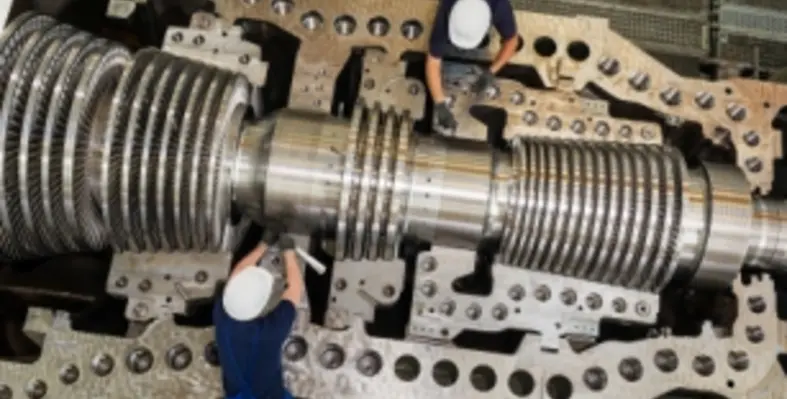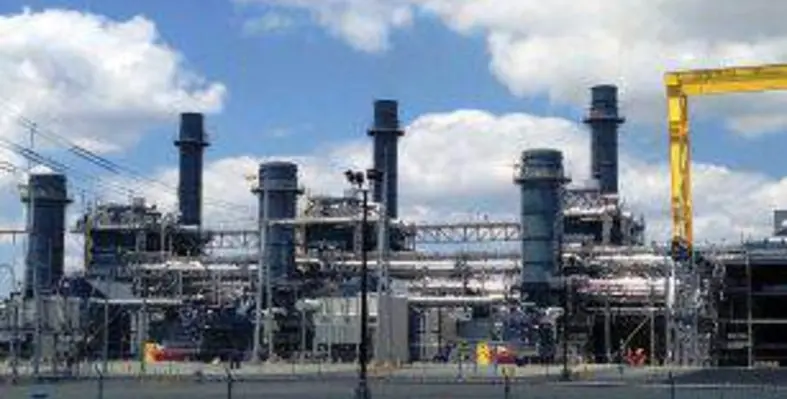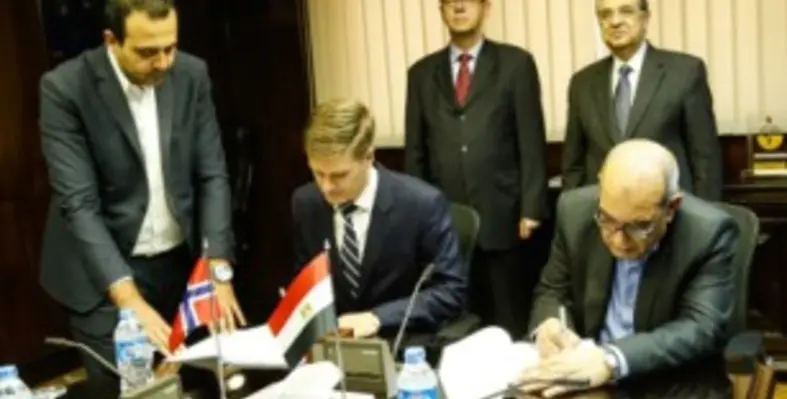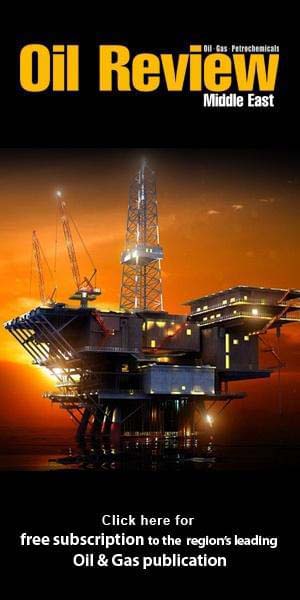A new purchase power agreement will deliver 400 MW of electricity to Egypt, replacing about 350,000 tons of carbon emissions
Energy
Siemens expands Kuwaiti open cycle power plant with steam turbine

This is an open SST-800 steam turbine during final assembly in Goerlitz, Germany. (Image source: Siemens)
Siemens has received an order to deliver an industrial steam turbine package to expand the Az Zour South 3 open cycle gas turbine power plant to a combined cycle power plant
The Kuwait located plant is operated by the Ministry of Electricity and Water. The Siemens? customer in question is the Chinese EPC contractor SEPCOIII. The expansion will increase the total installed capacity of the plant by 263 MW without using any additional gas. The combined cycle power plant is expected to go into operation in mid-2019.
Az Zour South 3 began operating as an open cycle power plant with two SGT4-5000F gas turbines in 2015. Siemens is now supplying an SST-800 high-pressure steam turbine combined with an SST-500 low-pressure steam turbine and an SGen1200A generator for this stage. After the steam turbine expansion the hot waste gases of the gas turbines will be used to produce steam which will feed the turbo set. This will increase the plant?s total capacity by 263 MW without any additional gas consumption and will boost its efficiency significantly.
?With our industrial steam turbine, we have developed a cost-effective and highly efficient solution for expanding the power plant,? said Jeffrey Dunlap, head of sales for the Middle East & North Africa region at Siemens Power and Gas. ?With more than 263 MW, the additional capacity is outstanding for a non-reheat process. The project highlights the flexibility and individuality of these steam turbine expansions. With our wide range of industrial and utility steam turbine portfolio, we will always find the right match to meet the individual steam tailing project targets.?
?Siemens has supported us strongly in winning this important contract and we are confident that this project will be a success story for SEPCOIII and all involved parties,? stated Wang Jianming, head of Procurement of SEPCOIII.
The customer SEPCOIII has already used Siemens? steam turbine technology for three solar thermal power plants in Morocco. The Noor II project also operates with a combination of the SST-800 and SST-500.
Siemens components are already installed in the first and second stages of the Az Zour South power plant. The company supplied a total of eight SGT5-2000E gas turbines and two SST5-4000 steam turbines for this project.
UAE envoy visits Barakah nuclear energy plant
An envoy of 117 UAE?s overseas diplomats visited the Barakah nuclear energy plant and took a tour of the project
L&T Construction wins US$817mn order from Qatar?s Kahramaa

S.N. Subrahmanyan, deputy managing director and president, L&T, and Essa bin Hilal Al Kuwari, Kahramaa president, sign the contract. (Photo: L&T)
The power transmission and distribution business of Larsen & Toubro (L&T) Construction has won its single largest order in the Middle East from Kahramaa (Qatar General Electricity & Water Corporation) for its ongoing Qatar Electricity Transmission Network Expansion Plan-Phase XIII
Siemens helps boost Oman power plants

For the project, Siemens was able to complete extensive overall works at the plants in a month to meet the rising power demand during the summer season. (Image source: Peoplepoweredbyenergy/Wikimedia Commons)
Siemens has completed an overhaul project for two SGT5-4000F gas turbines at Sohar 2 and Barka 3 combined cycle power plants in Oman





